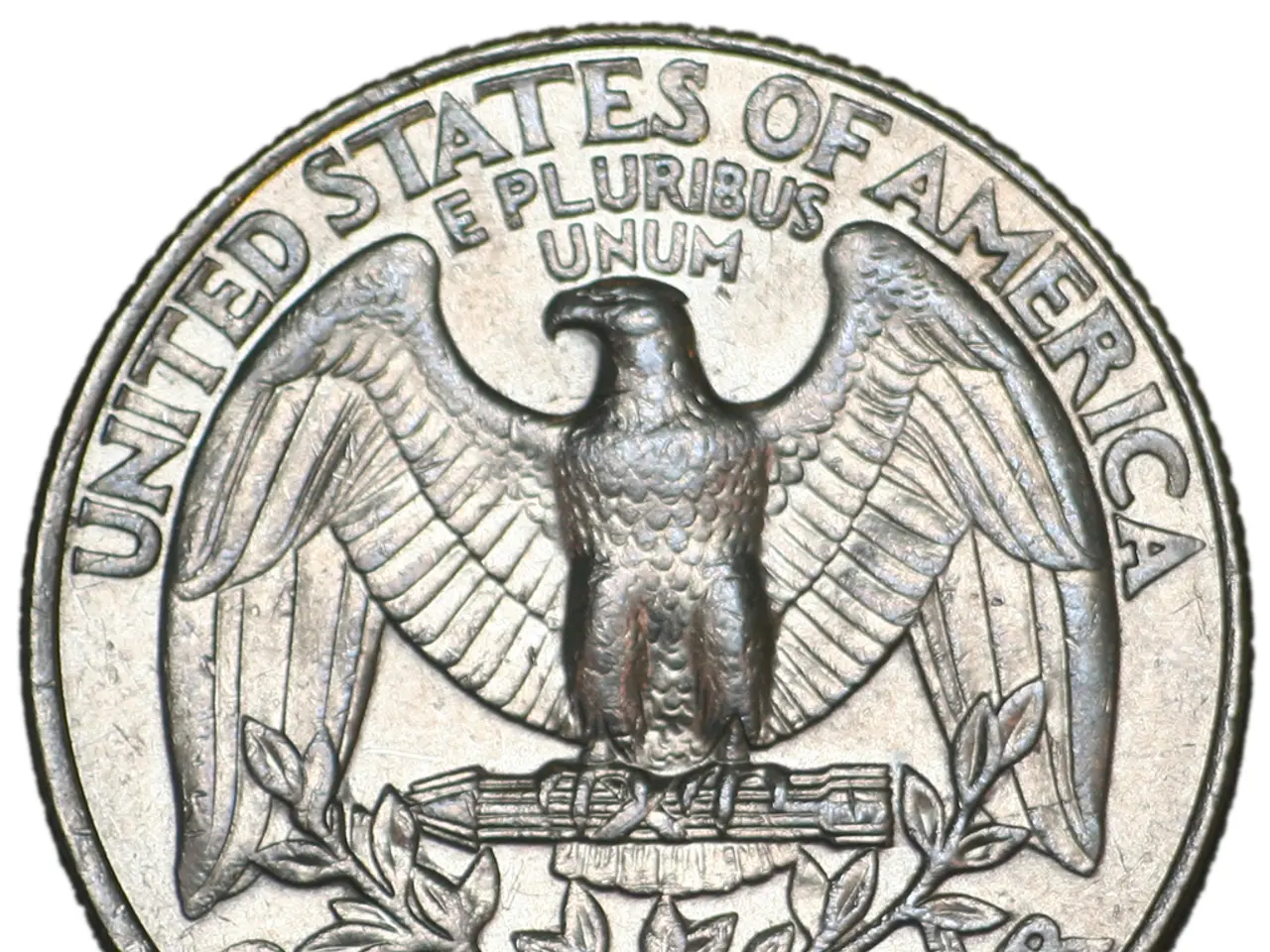Digital asset platform Crypto.com ceases support for Tether (USDT) and additional tokens across European regions.
In a significant move, Crypto.com has announced the delisting of Tether (USDT) and several other stablecoins within the European Economic Area (EEA), aligning with the European Union's Markets in Crypto-Assets (MiCA) regulatory framework.
This decision has far-reaching implications for users and the cryptocurrency market as a whole. In the EEA, users will lose access to USDT and other delisted tokens, limiting options for stablecoin usage and trading pairs. Platforms are encouraging conversion to MiCA-compliant stablecoins such as Circle’s USDC, which remain available under the new regulations.
The delisting of widely used tokens like USDT could drive liquidity away from regulated European exchanges, fragmenting the market and potentially pushing some trading activity to unregulated or offshore platforms. Tether warns of significant risks including reduced liquidity and increased market fragmentation that could complicate cross-border transactions and increase volatility for investors in the EU.
Regulatory uncertainty and investor protection are also concerns, as the rapid delisting decisions, perceived as lacking transparent rationale, raise concerns about investor protection and market stability under MiCA.
Beyond the EEA, the delisting of these tokens reflects the growing regulatory pressures and the evolving landscape of digital assets. Businesses use USDP for cross-border payments and financial settlements. Pax Dollar (USDP), TrueUSD (TUSD), and Gemini Dollar (GUSD) are also among the tokens being delisted by Crypto.com.
Liquidity, security, and investor protection are key factors influencing token listings on exchanges. USDP is often favored by institutions due to its high transparency and regulatory backing. GUSD offers seamless integration with the Gemini trading platform, while TrueUSD is a stablecoin backed 1:1 by US dollars held in escrow accounts.
Dai, a decentralized stablecoin created by MakerDAO, maintains a stable value through an over-collateralization mechanism instead of direct fiat backing, and is widely used in DeFi platforms for lending, borrowing, and yield farming.
The delisting can be a strategic move to mitigate regulatory risks and ensure compliance with anti-money laundering (AML) and know-your-customer (KYC) regulations. Exchanges periodically review their listings based on trading volume, security concerns, and potential regulatory issues.
Staying informed about regulatory developments and exchange policies will be crucial in navigating the evolving crypto landscape for European traders and investors. This shakeup underscores the need for businesses and users to adapt to the changing regulatory landscape to maintain compliance and security in the rapidly evolving world of digital assets.
Technology plays a significant role in this decision, as Crypto.com uses it to comply with the European Union's MiCA regulatory framework, delisting non-compliant stablecoins like Tether (USDT). Furthermore, as businesses adjust their offerings to meet regulatory requirements, finance plays a crucial part in the development and adoption of MiCA-compliant stablecoins such as Circle’s USDC.




